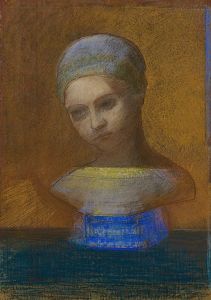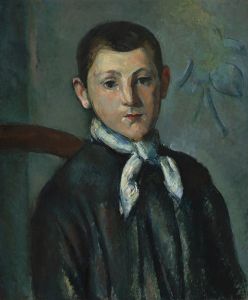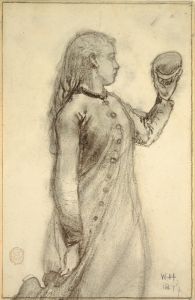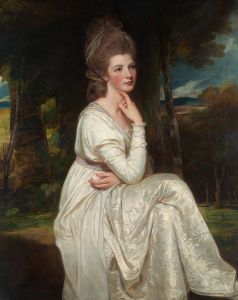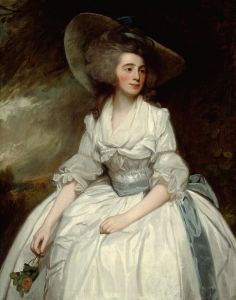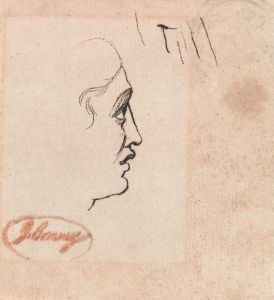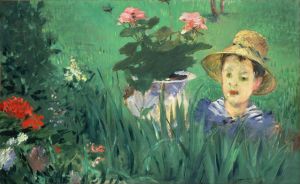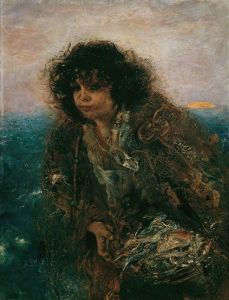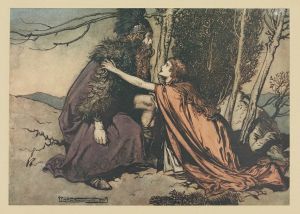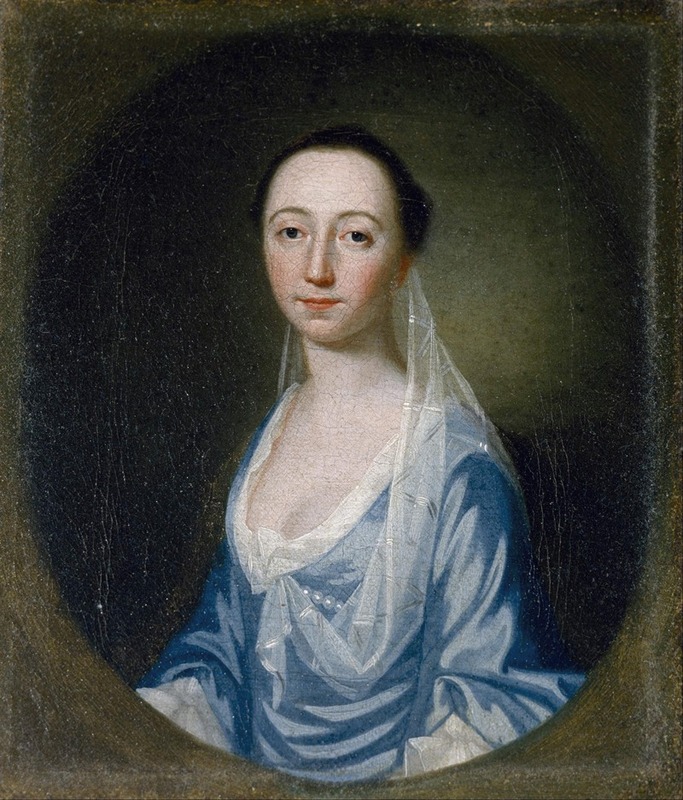
Millicent Watson
A hand-painted replica of George Romney’s masterpiece Millicent Watson, meticulously crafted by professional artists to capture the true essence of the original. Each piece is created with museum-quality canvas and rare mineral pigments, carefully painted by experienced artists with delicate brushstrokes and rich, layered colors to perfectly recreate the texture of the original artwork. Unlike machine-printed reproductions, this hand-painted version brings the painting to life, infused with the artist’s emotions and skill in every stroke. Whether for personal collection or home decoration, it instantly elevates the artistic atmosphere of any space.
George Romney was a prominent English portrait painter in the late 18th century, known for his vivid and elegant depictions of the British aristocracy and society figures. One of his works, "Millicent Watson," exemplifies his skill in capturing the grace and character of his subjects. However, specific details about the painting "Millicent Watson" are scarce, and it is not one of Romney's most widely documented works.
Romney was born in 1734 in Dalton-in-Furness, Lancashire, and he began his artistic career as an apprentice to a cabinet maker before studying under the portraitist Christopher Steele. He moved to London in 1762, where he quickly gained a reputation as a talented portraitist, rivaling contemporaries such as Sir Joshua Reynolds and Thomas Gainsborough. Romney's style was characterized by his use of soft colors, fluid brushwork, and the ability to capture the personality and elegance of his sitters.
Throughout his career, Romney painted many notable figures, including Emma Hamilton, who became his muse and the subject of numerous portraits. His clientele included members of the British nobility and other prominent individuals of the time. Despite his success, Romney never became a member of the Royal Academy, possibly due to his preference for working independently and his sometimes reclusive nature.
The painting "Millicent Watson" is not extensively documented in art historical literature, and there is limited information available about the subject or the circumstances of its creation. It is possible that Millicent Watson was a member of the British upper class or a person of some social standing, as was typical of Romney's subjects. However, without more detailed records or provenance, it is difficult to provide a comprehensive account of the painting's background or significance.
Romney's works are celebrated for their elegance and the way they reflect the fashion and social dynamics of the Georgian era. His portraits often feature sitters in fashionable attire, set against simple yet effective backgrounds that highlight the subject's features and expressions. Romney's ability to convey the subtleties of character and emotion in his portraits has earned him a lasting place in the history of British art.
While "Millicent Watson" may not be as well-known as some of Romney's other works, it nonetheless represents the artist's skill and the artistic trends of the period. Romney's legacy continues to be appreciated by art historians and enthusiasts, and his portraits remain an important part of collections in museums and galleries around the world.
In summary, while specific information about the painting "Millicent Watson" is limited, it is a part of George Romney's broader body of work, which is celebrated for its contribution to portrait painting in the 18th century. Romney's portraits are valued for their aesthetic qualities and their ability to capture the essence of the Georgian era's social elite.





